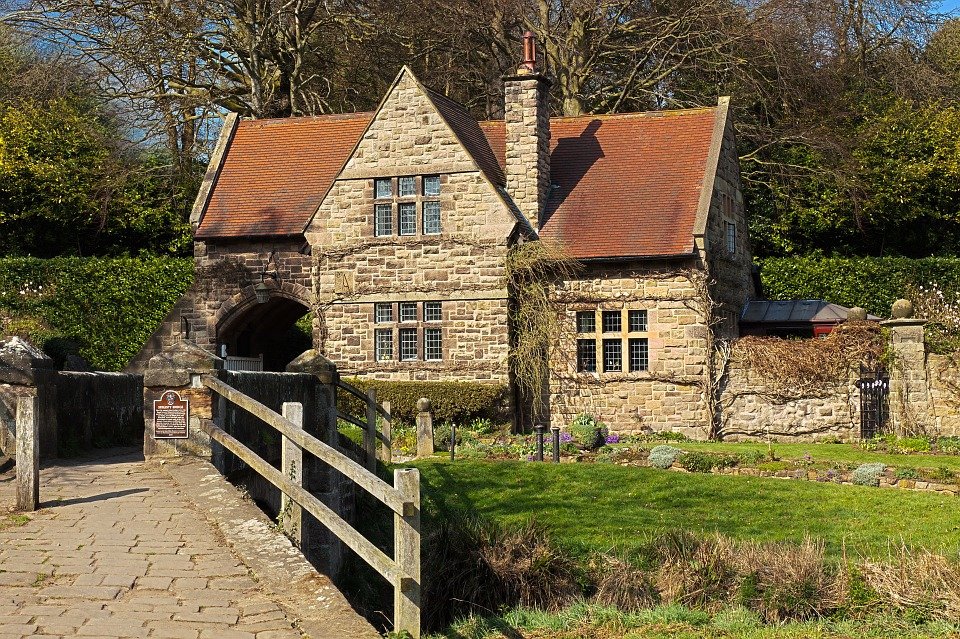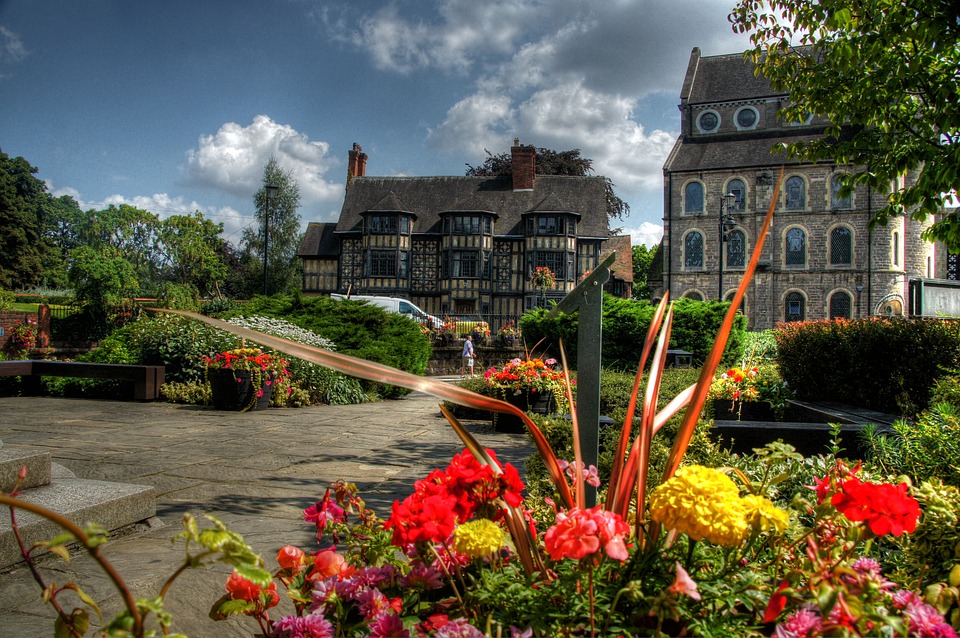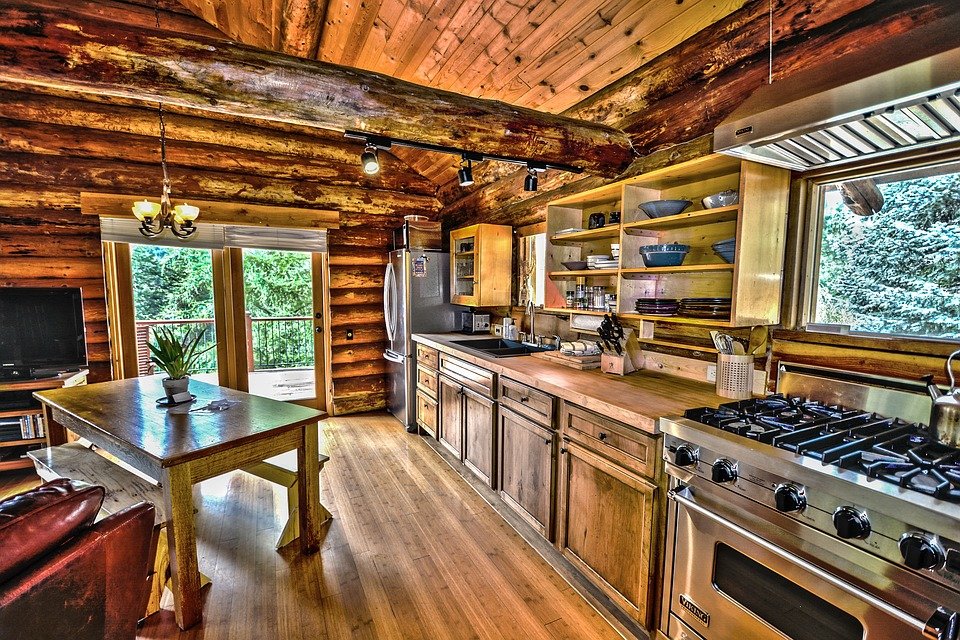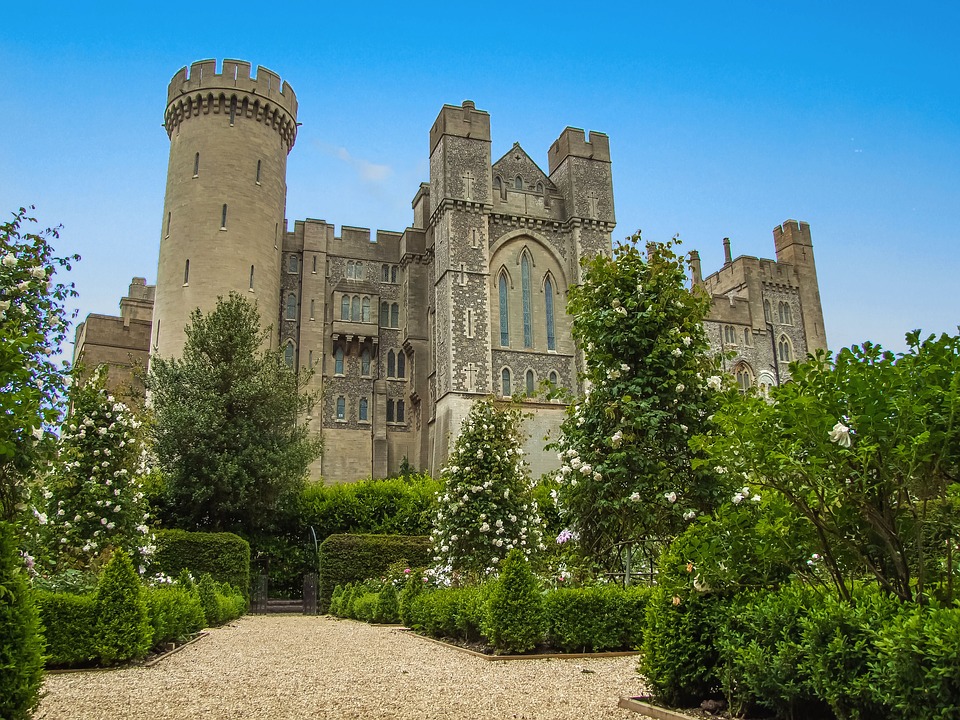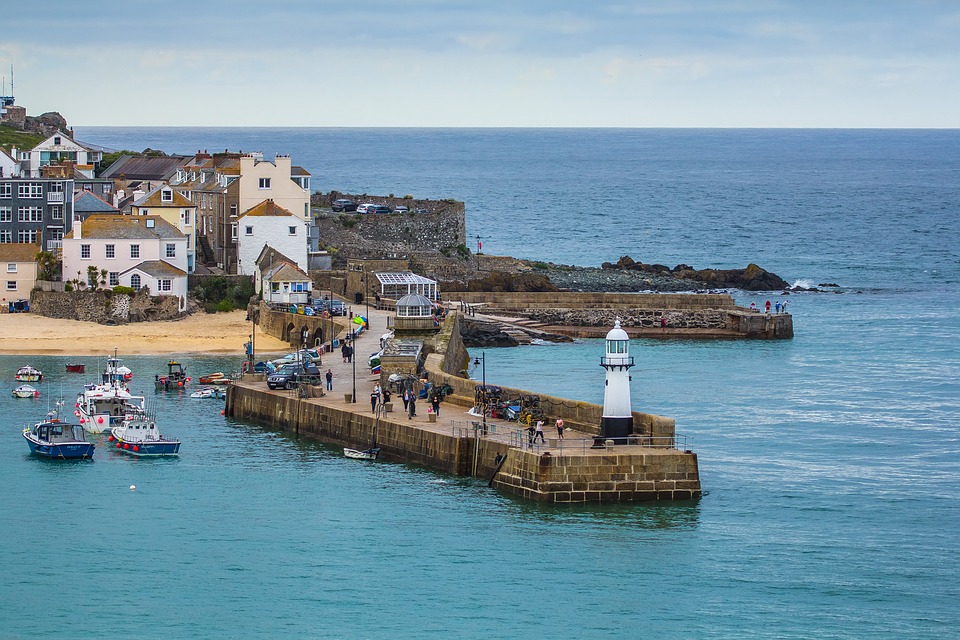The holiday let sector is big business as the UK’s tourism industry opens up, and it can offer a high-yielding alternative to traditional buy-to-let.
Recent research has found that as many as 10 million UK adults are considering becoming holiday let landlords, or toyed with the idea during the pandemic. Holidays are just one of the lifestyle changes brought about by lockdowns and travel restrictions, but they could be a permanent shift for some.
The survey by Suffolk Building Society found that, of the one in five adults (17%) who thought owning a short-term let or holiday rental was a good idea, younger people aged 18-34 were leading the trend.
According to the building society’s records, the volume and total value of completions for new holiday let sales doubled between 2020 and 2021, as both existing and new landlords entered the fold to offer thousands of staycationers more choice of accommodation.
Contact us today to speak with a specialist Holiday Let Broker to discuss how we can assist you
Is a holiday let a long-term option?
People’s behaviours and preferences have changed, sometimes drastically, over the course of the pandemic. Where holidays are concerned, international travel hasn’t been possible, and it’s opened up the idea of ‘staycations‘ to more people than ever.
As travel overseas becomes easier, some expect the number of people taking holidays in the UK to fall. However, like the working from home trend, the change was already taking place pre-pandemic, with many opting to stay local for cost or environmental reasons, for example.
Matt Kelly points out that the holiday let option was steadily increasing in appeal for landlords even before Covid hit. For some, they were becoming the preferred option over long-term rental homes.
“This is a trend we expect to continue, and we expect the holiday let market to remain stable in the years to come. However, there will discounts out there which may be worth considering, particularly if investors are looking to purchase out of season.
Discover our Holiday Let Mortgage Broker services.
“Buyers may be able to get an even better deal by finding a property which is in a poorer condition and needs restorative or structural work. Holiday lets located in seaside towns, for example, tend to be more susceptible to damage caused by floods, salt air corrosion, storms and rotting wood.
“That means they often come with higher maintenance and repair costs, so anyone hoping to scoop a post-pandemic bargain by investing in a doer-upper would be wise to measure the upfront cost against the yearly upkeep.”
However, he points out that for those looking to make the most of the upcoming high season, a ready-made property would provide returns much more quickly.
How to get a mortgage
Due to the growth in the sector, rising numbers of lenders have entered the field, and the number of products available has increased. The heightened competition has held down mortgage rates, which is good news for those looking to borrow to invest.
Matt Kelly adds: “However, for more unusual properties such as a fisherman’s cottage, getting a traditional loan may be a bit trickier.
“Unlike many mainstream mortgage providers, specialist lenders have flexible criteria and can look into a customer’s background, their chosen property, financial position and other factors, to fully assess their position before making a lending decision.”
Charlotte Grimshaw comments: “It’s easy to understand why the idea of owning a holiday let home is so attractive. As people were limited to holidaying in the UK, often within an area they know and love, their eyes were opened to the opportunity of increasing their income, as well as enjoying a property for personal use too.
“Our advice to anyone considering this route, would be to ensure you understand the criteria that mortgage lenders will be looking for as it can be quite different to a standard residential mortgage application, or even a standard buy to let mortgage too.”
Benefits of holiday lets
Many people are attracted to short-term lets due to the higher rental yields they can offer compared to a traditional buy-to-let. This has been heightened for some by things like landlord licensing costs and the reduction in mortgage interest tax relief.
There are certain tax advantages to owning a holiday let, too. They are classed by HMRC as a business rather than an investment, so owning a furnished holiday cottage can be extremely lucrative.
By Eleanor Harvey
Source: Buy Association

